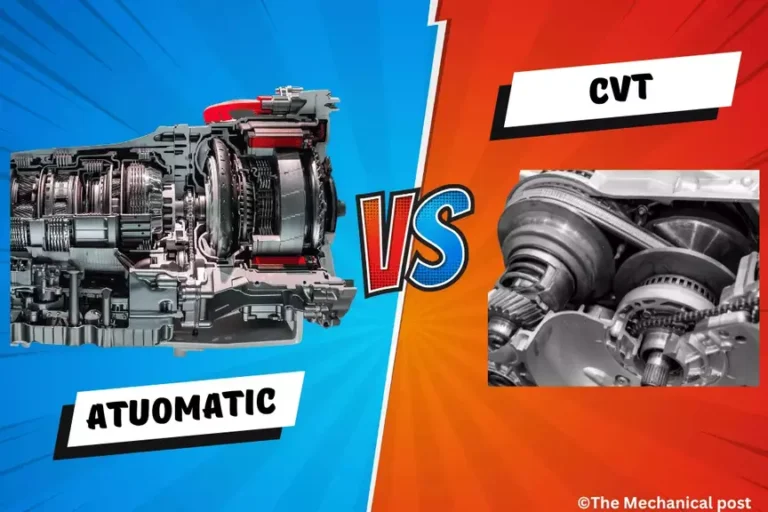Two Stroke engine – construction and working | The Mechanical post
A Two stroke engine is an engine which completes 2 strokes in one revolution of the crankshaft, out of which one stroke is power stroke.
Let us study the two stroke engine, starting with the construction of 2 stroke engine.
Construction of 2 stroke engine:
- Two stroke engine’s structure or frame or cylinder is made up of an engine head, engine block, crankcase, transfer port, inlet port and outlet port. These are the main components of the engine’s cylinder. (as shown in figure)
- Transfer ports are passages in the cylinder and crankcase.These passages transport fresh fuel/air mixture supplied by the intake from the crankcase to the area of the cylinder currently above the piston.
- A crankcase is the housing for the crankshaft in a reciprocating internal combustion engine. In almost all modern engines, the crankcase is integrated into the engine block
- An engine block is the structure which contains the cylinders, and other parts, of an internal combustion engine.
- The piston is placed in the cylinder, and it has two compression rings on it. These rings provide a seal and prevent leakage. In a 2 stroke the crown of piston is provided with deflector for efficient scavenging.
- The connecting rod is connected to the piston by using a pin. The other end of the connecting rod is connected to the crankshaft.
- The spark plug is placed at the top (as shown in figure) which ignites the fuel.
- The engine head provides space for the passages that feed air and fuel to the cylinder, and that allow the exhaust to escape. It sits above the cylinders on top of the cylinder block.
Working of 2 stroke engine:
As said the two stroke engine consists of two strokes
- The upward stroke
- The downward stroke ( also known as Power stroke )
Upward stroke :
- In an upward stroke 2 processes are completed simultaneously .i.e. Suction and compression of fuel
- When the piston moves upwards, in the portion below the piston suction of fresh fuel into the crankcase takes place.
- Whereas in the combustion chamber the fuel entering from the transfer port is compressed by the piston.
Downward stroke:
- Just as in the upward stroke two processes are completed simultaneously, in the downward stroke there are two strokes, namely combustion of fuel ( above the piston ) and compression of fresh fuel into the transfer port ( below the piston ).
- Due to combustion the piston is forced down, this causes the fuel below it the compress. Due to this the fuel enters the combustion chamber via the transfer port. The entering fuel forces the exhaust gases to exit through the outlet port.
Applications of 2 stroke engine :
- Chainsaws
- Weed trimmers
- Outboard motors
- Off-road motorcycles
- Light weight vehicles
- Tuk-tuks
- Snowmobiles
- Karts
Advantages of 2 stroke engine:
- It is light in weight
- As less components are used its manufacturing cost is less as compared to 4 stroke engine.
- It is small in size
- Two stroke engines can work in any position, since oil flow is not a concern with any valves to worry about.
If you like this post, do let us know about it in the comments and share with friends and family with social links given below.





![What is CVT Transmission? its working, pros & cons with [PDF]](https://mechanicalpost.site/wp-content/uploads/2023/07/cvt-transmission-768x512.webp)

